The Wool Journey Part 4: wool attributes amongst breeds, natural colour and health
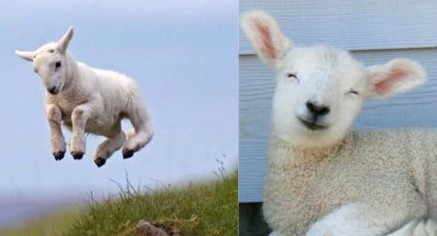
In The Wool Journey Part 4, Sonja Bargielowska of Blacker Yarns at The Natural Fibre Company considers wool attributes amongst breeds, natural colour and the importance of a healthy flock.
Here we look at three important aspects of fleece and fibre: consistency/style, colour and animal health.
Consistency varies considerably between different breeds, within the breed and across the animal. We can have Gotland sheep, all of which have lustre longwool, with wide variations of thickness and crimp between different animals and a range of these across the body of an individual.
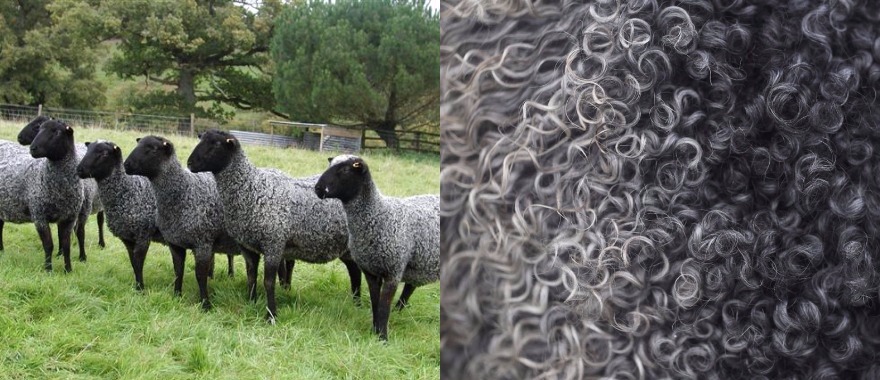
See also our future section on sorting and grading for more discussion on this topic. Here we will concentrate on only two aspects: variation of thickness and variation of fibre type.
Variation of thickness across an individual animal is generally not useful from the viewpoint of a processor, although it may be very useful for a hand spinner or craft worker, who will get greater variety within a relatively small amount of fleece. Generally, a sheep, goat or alpaca will have coarser fibre at the back end than at the front, with the coarsest being on the back legs. Breeders of Merino in particular spend much time working on getting as consistent a fleece across the whole animal as possible and this is also a key parameter in judging all Wool on the Hoof competitions. In fact we find that it is slightly easier to process fibre batch with some variation of thickness and length, as it tends to hold together better than a totally consistent blend.
Some animals have a typically varied fleece, the so-called double-coated sheep, such as Icelandic or North Ronaldsay, Herdwick sheep and cashmere goats.
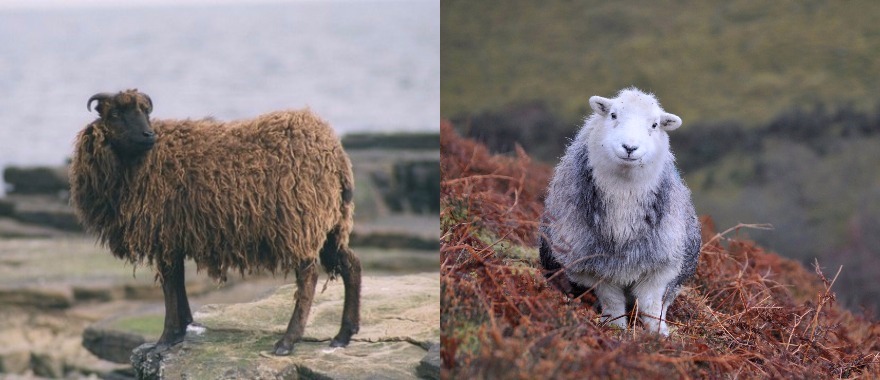
Usually this has been developed by the animal so that the stronger coarser hair coat remains year-round and gives structure, while the finer down grows in the winter and may be shed or combed out in the spring. We can select either the whole fleece, as most commonly with Herdwick and North Ronaldsay, or deliberately only the finer fleece, as with cashmere, llama, Soay or Boreray.
Many sheep and alpacas get a greater proportion of coarse, medullated (hollow) fibres with age, and this is usually known as kemp hair in sheep. This reduces the quality of yarn, causing greater itchiness and a tendency to shed fibres.

A blend of coarse and fine fibres makes for a particularly highly insulating outer garment and in many cases the yarns are surprisingly soft, particularly if partially de-haired by combing. In the case of alpaca, the medulated fibres are smoother, giving a hairy yarn which tends to shed and are therefore better removed by de-hairing.
Colour
The original natural colours of sheep, goats and alpacas were generally muted camouflage shades of brown and grey. Over thousands of years of domestication, humans have selected for finer and whiter fleeces, resulting in the majority of sheep, goats and alpacas being white nowadays.
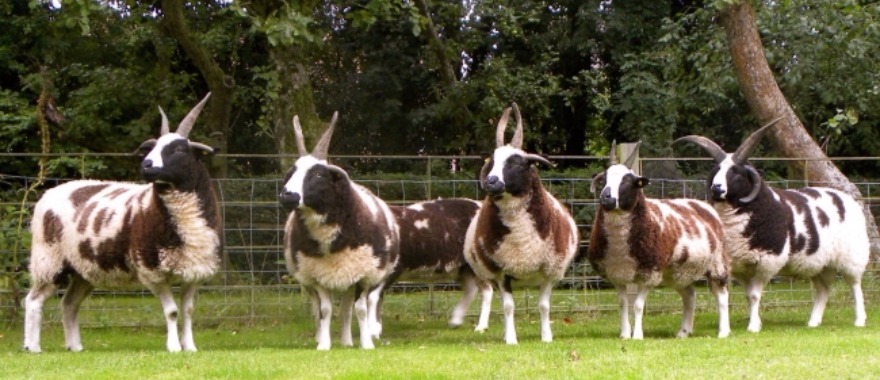
The science of colour in sheep is fascinating as the different shades may be caused by dominant or recessive genes and mixing them together can create a wider or narrower range over generations. We have tended to select white sheep so that we can dye their wool more easily and there were significant concerns about thirty years ago that some breeds and colours might completely die out, because they were not valued. Today coloured wool sells for much less than white wool in most grades, although there is some demand for natural black. Shetland and Jacob are able to gain reasonable prices.
The Rare Breeds Survival Trust, the British Coloured Sheep Breeders Association and similar bodies in many other countries have been formed by people keen to prevent the loss of bio-diversity and colour in sheep and other domesticated breeds. At The Natural Fibre Company we are proud to be working with naturally coloured fibres in more than half of our production!
The nature of more primitive or original breeds is both that the fleeces are more varied and that the genetics are less certain. Most white sheep produce white progeny, with only an occasional “black sheep” to spoil the uniformity. Coloured sheep are much more varied, and this is also true of alpacas.
For detailed scientific analysis, the papers submitted to the four-yearly meetings of the World Congress of Colour Sheep Breeders are full of information, particularly those by Roger Lundie – a New Zealander who has studied the variations in coloured sheep for many years. A summary of his research is contained in Timeless Coloured Sheep, published in 2014.
Breed societies, such as David Kinsan of the Hebridean Sheep Society, Stanley Bowie of the Shetland Sheep Society and Ryeland Flockbook Society have done work to ensure that their breeds to remain consistent.
Husbandry and health
Healthy animals produce good fibre! Animals lacking the five freedoms (freedom from hunger and thirst, discomfort, pain, injury and disease, fear and distress and to express normal behaviour) or just unwell for some reason will produce less good meat, offspring and fibre.
So it is important to ensure, particularly when we generally shear after the female has had her young and fed them, that they are well cared for.
One key aspect of this, to which sometimes insufficient attention is paid, is that animals will thrive in the environment to which they are suited. This is why the sheep breeds are named for areas and regions – where they developed and become acclimatised to the weather, soil type and resultant grass, especially as regards mineral balance. They will of course live elsewhere, but less well – merinos for example like dry conditions so do better in Australia than northern Europe.
Stay tuned for further installments of The Wool Journey. In the meantime, find out much more about wool and what to do with it by visiting The Natural Fibre Company blog and website. You can also find them here in our directory.
The views expressed in our blog are those of the author and not necessarily lowimpact.org's




 The sheep shearing season: an interview and photo story
The sheep shearing season: an interview and photo story
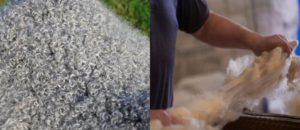 The Wool Journey Part 1: what is wool?
The Wool Journey Part 1: what is wool?
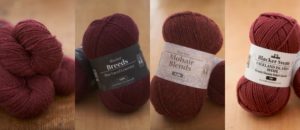 The Wool Journey Part 3: wool attributes – length, crimp and lustre
The Wool Journey Part 3: wool attributes – length, crimp and lustre
 Imprint dyeing – a beautiful new way of dyeing textiles using plants
Imprint dyeing – a beautiful new way of dyeing textiles using plants
 The Wool Journey Part 2: wool attributes – thickness
The Wool Journey Part 2: wool attributes – thickness
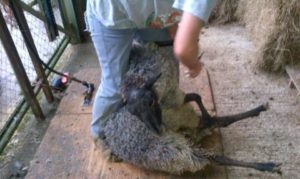 The Wool Journey Part 5: harvesting the wool
The Wool Journey Part 5: harvesting the wool
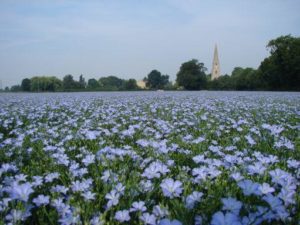 The linen journey: locally-grown flax to yarn
The linen journey: locally-grown flax to yarn
 The Wool Journey Part 6: grading, sorting and storing of fleeces following shearing
The Wool Journey Part 6: grading, sorting and storing of fleeces following shearing
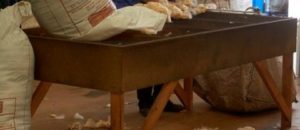 The Wool Journey Part 7: uses of different fibre types
The Wool Journey Part 7: uses of different fibre types
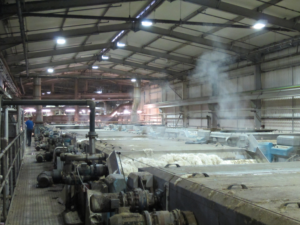 The Wool Journey Part 8: wool scouring and drying
The Wool Journey Part 8: wool scouring and drying
 The Wool Journey Part 9: the first stages of preparing to spin
The Wool Journey Part 9: the first stages of preparing to spin
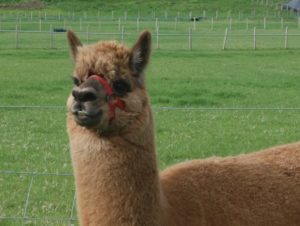 Alpacas
Alpacas
 Craft production
Craft production
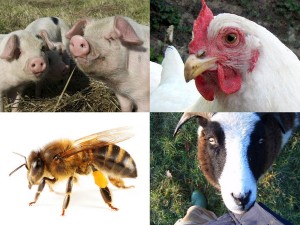 Keeping livestock
Keeping livestock
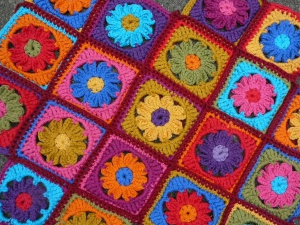 Knitting & crochet
Knitting & crochet
 Low-impact clothes
Low-impact clothes
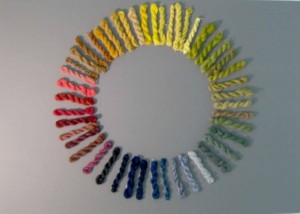 Natural dyes
Natural dyes
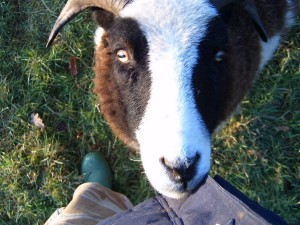 Sheep
Sheep
 Smallholding
Smallholding
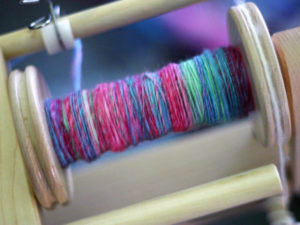 Spinning
Spinning


